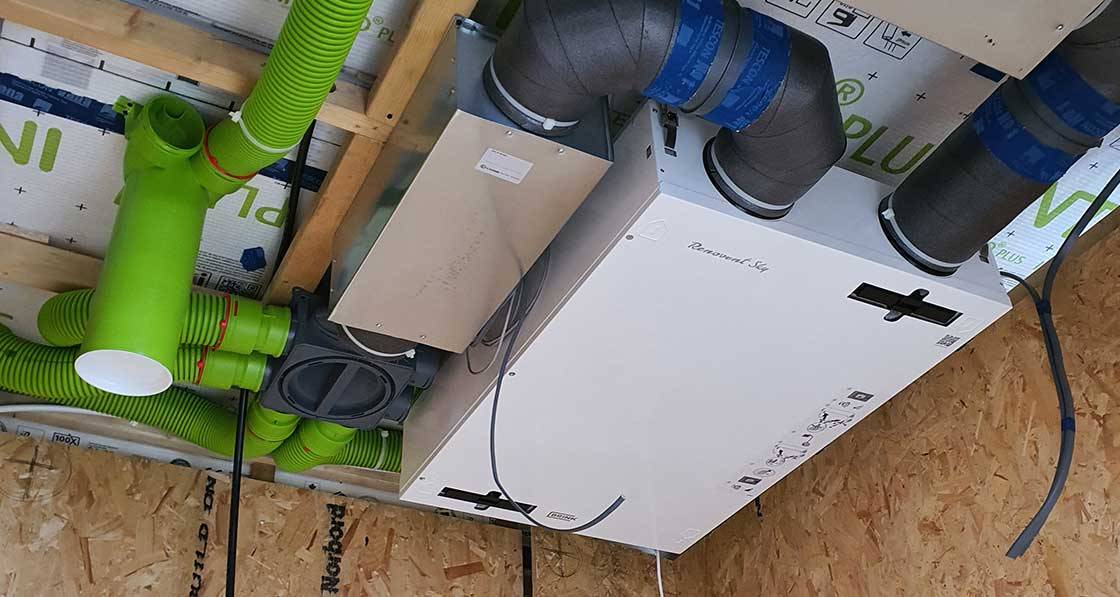
- Marketplace
- Posted
Good design key to heating & cooling via MVHR – CVC Direct
This article was originally published in issue 37 of Passive House Plus magazine. Want immediate access to all back issues and exclusive extra content? Click here to subscribe for as little as €10, or click here to receive the next issue free of charge
However, can MVHR be used for space heating and cooling? The answer isn’t as straightforward as you might think, according to leading MVHR experts CVD Direct. “There are normally two limiting factors that might hinder the suitability of these solutions,” said Vitor Roriz, technical consultant with CVC Direct. “One is that there is only a limited amount of heat that can effectively be transferred with air, and passive house guidelines suggest we should keep the number of air changes per hour for an MVHR system to a minimum in order to reduce heat losses, so effectively we have a low amount of air volume to carry the heat.”
“However, for a passive house with a peak load of only 10W/m2, using your MVHR system to provide both heating and cooling seems like a really good idea, as this is a system that is already required due to the airtightness of passive houses. There are ways of using your MVHR system to provide total environment control, but such solutions should only be used in passive dwellings where the PHPP calculations show that heating or cooling via the MVHR is feasible.”
The second factor limiting the suitability of using MVHR to provide heating and cooling is humidity control. “Heating the incoming fresh air can lead to the supplied air having a very low relative humidity, which can cause discomfort to the occupants,” Roriz said. “On the other hand, if you cool down the air then you need to be careful about condensation. For these problems, and if the project assessment shows that special care is required for relative humidity control, there are several different solutions that guarantee that the indoor air is always between the ideal comfort levels of 40 to 60 per cent relative humidity.”
“To summarise, either you are looking to supplement your heating system or you are looking for total environment control with heating and cooling through your MVHR,” said Roriz. “If correctly designed, this can be achieved through your MVHR and here at CVC Direct Ltd we are prepared to discuss all the possible solutions to make your project work.”
Related items
-
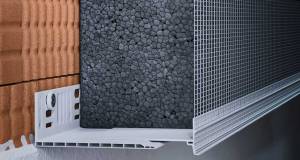 New Ejot profile cuts thermal bridging losses by 25mm insulation equivalent
New Ejot profile cuts thermal bridging losses by 25mm insulation equivalent -
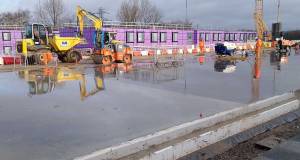 Build Homes Better updates Isoquick certification to tackle brick support challenge
Build Homes Better updates Isoquick certification to tackle brick support challenge -
 Ecological Building Systems expands UK and Irish straw panel construction with EcoCocon deal
Ecological Building Systems expands UK and Irish straw panel construction with EcoCocon deal -
 Focus on better buildings, not better spreadsheets
Focus on better buildings, not better spreadsheets -
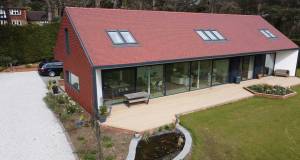 MBC offers total passive house envelope solutions
MBC offers total passive house envelope solutions -
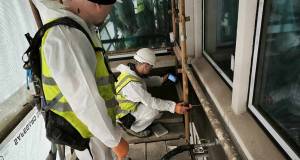 Historic Dublin building retrofitted with cutting edge insulation
Historic Dublin building retrofitted with cutting edge insulation


